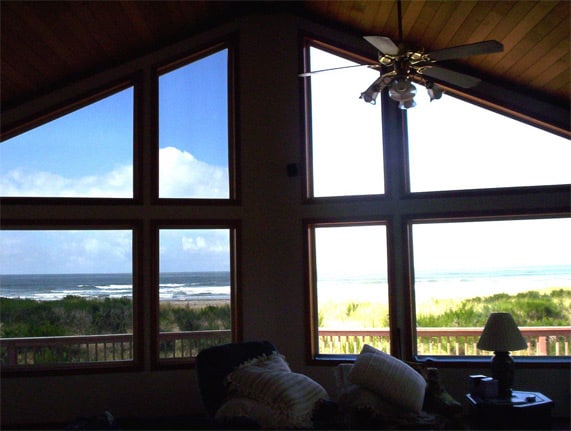
You may have already heard that residential window tinting can give your home more privacy and a greater sense of comfort.
While that’s true, residential films can also lend an aesthetic quality to your home and allow you to customize the particular tint and hue that goes with your room’s layout. A residential film can also give you more privacy while reducing glare and harmful UV rays.
The really surprising thing about window film, though, is its ability to reduce your utility bills 365 days a year.
Going Green with Residential Window Tint
Residential window tint is a great way to help save the planet and your own personal financial ecosystem at the same time.
As Americans spend, and in some cases squander, hundreds of dollars on heating and cooling during months of more extreme weather, something needs to be done to put more money back into homeowners’ pockets. The solution is coming from an unconventional player: residential window film.
The Environmental Protection Agency and U.S. Department of Energy have both come to the conclusion that over half of a home’s heating and cooling efforts are undercut through heat gain and poorly sealed windows. Coupled with the fact that the average homeowner spends over $2000 on heating and cooling annually, there’s some serious money at stake when it comes to eliminating heat gain.
Fortunately for homeowners, there’s a very affordable yet effective solution in residential window tint. Most residential films reduce glare by approximately 90% and the sun’s damaging UV rays by 97% or higher, which translates to more comfort and safety for your entire family.
Many films are also specifically formulated to repel the most harmful UV rays – UVB rays – and keep your furniture from aging prematurely. Installing window film isn’t even that difficult, and it can usually be sized and applied in under an hour. Ensuring that your rooms are glare-free and safe for your family is definitely worth the effort.
Window Tint Beats Alternatives
When you consider the cost and expense of replacing single-pane or poorly ventilated windows compared to the ease and affordability of simply installing window tint, the latter option turns into a no-brainer.
Estimates show that window tint is actually 10% the cost of replacing an entire window. In light of the fact that window tint comes with so many stock benefits – glare reduction, improved energy efficiency, etc. – there’s really no compelling reason to spring for a replacement when you can have such great energy efficiency with residential window tint.
Here’s another important fact that you might want to consider – the United States Department of Energy recently found that just under a quarter of a home’s outer exposure is made up of glass. Homeowners around the country infuriated by their escalating utility bills probably already understand that windows, even with drapes, offer poor ventilation in the winter months.
Now this next statistic might actually cause some readers to do a double take – the U.S. Department of Energy also found that over $30 billion in utility costs are squandered every year due to poorly ventilated windows!
Switching to Window Tint
The statistics referenced throughout this article should, at the very least, give homeowners pause. Most homeowners, though, are already a little peeved at having to spend upwards of $2000 annually on utility costs and are looking for ways to save.
Window tint can save you potentially hundreds of dollars during the winter months and have you saving significantly in summer as well due to tint’s ability to repel heat gain. Glare reduction, enhanced safety and UV protection is just icing on the cake.